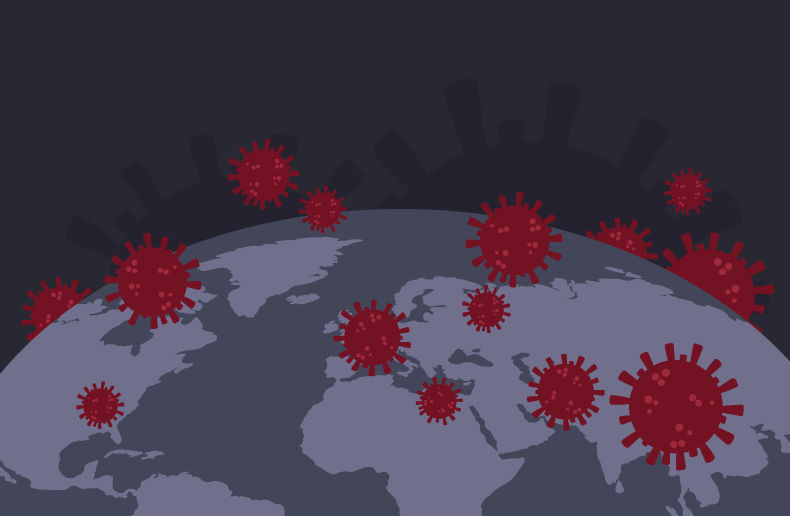This does not mean that the pandemic will not be costly for American life and health insurers. In its research announcement Life insurers can tolerate higher coronavirus claims; life reinsurers more exposed, the rating agency presented three possible scenarios, all of which assumed that 1% of the infected population will succumb to COVID-19.
The first scenario assumes an infection rate of 2% of the US population, leading to 66,000 deaths. Benefits would then reach US$8 billion. This scenario can already be ruled out because nearly 85,000 Americans have died from COVID-19 at May 14.
The second scenario considers a 10% infection rate. Moody’s calls this a base case scenario, like the first. In this case, the US would lose 330,000 citizens to COVID-19. Life insurers would then be forced to pay out US$40 billion in benefits.
The third scenario is called a stress scenario because it pushes the financial capacities of American life insurers to the extreme limit. It assumes that 40% of the population will contract COVID-19, resulting in deaths of 1.3 million Americans. Insurers would then face claims totalling US$160 billion.
By comparison, American lifecos disbursed total death benefits of $76 billion in 2019. Each year about 2.8 million Americans die.
Capital losses could reach 20%
Moody’s expects that the companies it rates will incur capital losses of 1% to 5% due to the pandemic. However, under the most extreme stress scenario, these losses could reach 20%.
Insurers that underwrite more traditional policies like whole life insurance may have to disburse larger amounts due to higher mortality rates, the rating agency adds. Conversely, those that operate in the disability insurance segment or pension plans may disburse less over time as a result of the premature death of some of their customers.
As for reinsurers, Moody’s states that they are more at risk given the mass of life insurance blocks they cover. Some may not have sufficient liquid assets to honour reinsurance claims of primary insurers.











